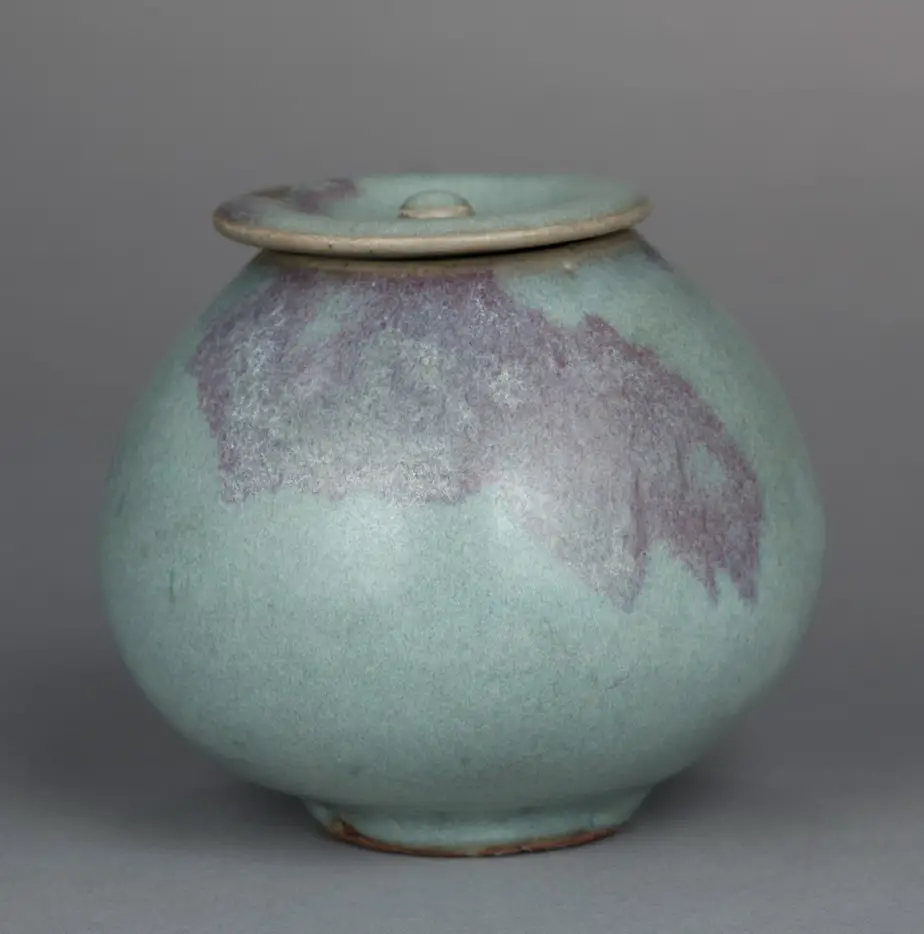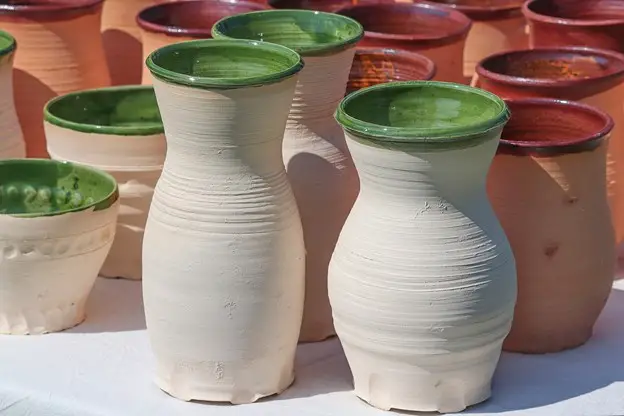We know how a properly applied layer of glaze can transform your artwork into something of a miracle. But do you know certain glazes can be harmful when used for dinnerware or something similar? Every artist wants that their product should be safe for use, especially when it is supposed to be a part of the kitchen. However, with so many options available in the market, it can be difficult to choose one that is safe and makes your pottery work look exquisite at the same time.
If you have already glazed your pottery ware, there are two tests to determine if your glaze is toxic or not. Let us check them out!
Is your glaze toxic?
For potters that have already bought a glaze, the quickest trick is to check the packaging to know whether the product contains any toxic elements. However, if you are still doubtful, you can try these tests explained below to confirm the toxicity.

The Lemon Test
The best way to check whether the glaze you have used is safe or not is to opt for the lemon test. Start by simply squeezing a whole lemon cut into two parts on the glazed surface. Then, leave the rest of the lemon within the juice you just poured over the pottery piece.
Let this solution stay in your pottery piece for a night. Once it has been more than 8 to 9 hours, remove this squeezed lemon piece from the pottery and rinse off the juice from the artwork. If you notice any color changes in the glaze coating, it signifies that the acid in the juice leached through the fired glaze.
When used for beverages such as coffee, the acid present in the same can cause leaching and potentially add toxins to your body. If your glaze fails the test, it means there definitely is a leaching issue. Even if your glaze doesn’t show any color changes, it doesn’t mean that leaching isn’t happening.
Whenever you are in doubt, it is better to use a glaze liner to stabilize the glaze coating and avoid it from leaching into your food or drink.
The Microwave Test
Another way to test whether your glaze is right is to opt for the microwave test. If you have bowls, cups, or plates, you can use them for this testing purpose. Fill your clay body with water & microwave the same for a minute.
If the pottery piece isn’t properly vitrified, the liquid present inside the same will get absorbed into the clay body and make the body hot. This would cause the absorbed water to turn into steam. Ultimately, it can hamper the bond amid the glaze and the clay, which could potentially lead to chipping issues.
You can also observe cracking as a by-product of a glaze that hasn’t been vitrified. You also need to keep in mind that glazes that contain metallics or lusters can lead to sparking when used within a microwave. So, make sure you read the label before buying such glaze products.
What type of glaze should you stay away from?
Glazing doesn’t just beautify your pottery piece but also makes it water-proof and adds strength. Given its water-proof feature, a glazed pottery piece can be used as utensils in your kitchen. However, you would want your dinnerware to be as safe as possible, and certain glaze variants might not be an ideal fit for your kitchen.
We all have heard that high levels of lead can hamper our health in an irreversible manner. Before the advent of modern technology, most glazes contained lead as a major ingredient. However, the pottery community today has become very conscious about these side effects, and thus the use of lead-free glaze has become a standard for pottery pieces.
Lead followed by cadmium contributes to the toxicity factor that comes with pottery glazes. This is especially true if you use lead-based glaze for pottery pieces that serve acidic food or beverages. Moreover, microwaving such pieces could also contribute to lead leaching in the food.
So, the next time you think of glaze for your pottery work, make sure you check whether it contains lead or not. If it does, it is time to switch to something safer. One such option you can check out is the Sax True Flow Glaze that comes in a range of color options and doesn’t contain any lead. Even without any lead present in the ingredients, the result is surprisingly vibrant and bright. Moreover, the glaze conforms to the safety standards set under ASTM D-4236.
Here is a quick list of more such ingredients that can be harmful if they leach into your food or drink but not as much as lead. Remember that these ingredients might be a part of your glaze, but the real issue arises when it surpasses the permissible limit.
Chemical |
Health Issues |
| Barium Carbonate | It accumulates within the stomach and affects your muscles, especially the ones in the heart. When left unchecked, it can lead to internal bleeding or high blood pressure |
| Cadmium | It can cause issues such as osteoporosis, respiratory diseases, cancer, or other health issues |
| Borax | It can cause diarrhea, asthma, or skin issues |
| Chromates & Chromic Acid | When this chemical leaches into the food, it could contribute to cancer |
| Ferrous Sulphite | It is fatal & must be avoided |
| Carbonate or Cobalt Oxide | It can cause dermatitis or liver damage |
| Iron Chromate | It can lead to lung cancer or acute pneumonia |
| Lead | It is a poison that affects your body post heavy accumulation. It can be fatal |
| Manganese | It can cause brain damage followed by death |
Conclusion
When using glaze for your pottery work, make sure you wear your safety gear and work in a well-ventilated environment. It is important that you choose your glazing options carefully so as not to hamper anyone’s health. Remember, leaching isn’t the only way a chemical can enter your body. It can also make its way into your body through air. Most of all, avoid any glaze that contains lead in even the smallest quantity.








